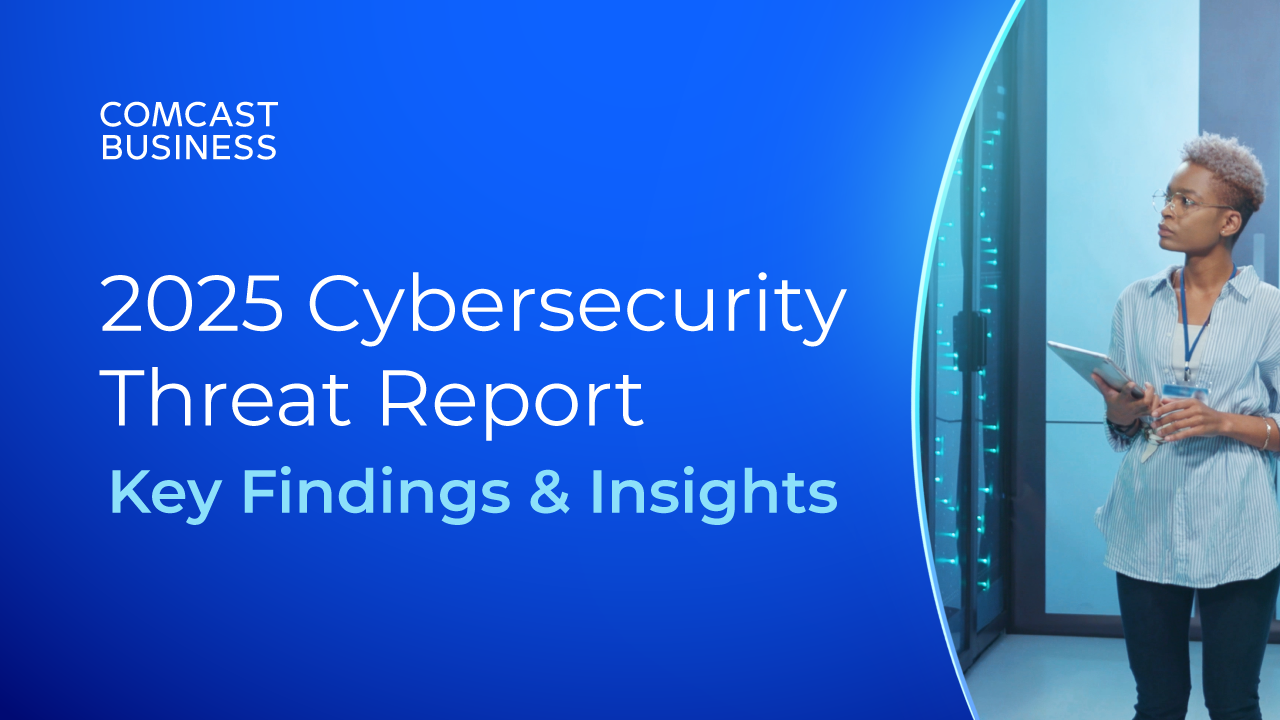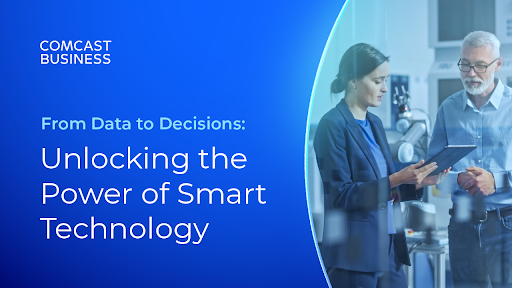How will the Internet of Things affect your business?

The Internet of Things (IoT) has been a focus of hype for some years now.
But apart from the cliché of the fridge that orders produce for you when it senses you’re running out, few have realized the true nature of what IoT actually will mean for consumers and businesses – despite the consensus being that it will mean a lot.
In this feature, we will discuss what IoT actually is, how far it has developed today, where it is going, and what steps your company might need to take to remain successful.
What is the Internet of Things?
Beyond the fridge cliché, IoT is essentially the next stage of the development of ubiquitous computing. Bill Gates famously dreamt of a computer in every home, which in Western countries at least has been essentially achieved for some years now. Most people also have a computer in their pockets in the shape of a smartphone, and an increasing number have one on their wrists such as the Apple Watch or FitBit.
Smart home heating and lighting control via products like Hive and Nest are even integrating computers into the fabric of your home. The point is that all these devices are networked and connected to the Internet, so that they can send information to an online repository, or enable remote operation.
This is really just the beginning. The relentless miniaturization and integration of functions has meant that chips with built-in sensors and wired or wireless connectivity are getting cheaper and smaller at a phenomenal pace. More and more everyday devices that weren’t previously computerized will have them built in, or new devices created based around the new functionality on offer. In November 2015, Gartner estimated there would be 6.4 billion connected things in 2016, a 30 percent increase over 2015, and 20.8 billion by 2020, double the size of the smartphone, PC, tablet, connected car and wearables markets put together. Some estimates project the 2020 number to be more than twice this figure.
There are many ways that IoT will open up new areas of business. Exercise trackers have perhaps been the headline end user device, but more sophisticated medical monitoring promises a revolution in healthcare – not just in terms of ensuring patients take the right medication, but storing data on the results to create a giant knowledge-base on the effects of different healthcare regimes. Environmental control will be as important to the office as it is to the home, and asset tracking will be much smarter, with much greater detail. However, only $50 billion of the revenue, equating to 8 percent, will be from hardware, according to Business Insider. Software and infrastructure will take the majority of what is expected to be a $1.7 trillion market by 2019.
The Internet of Things means lots more data
The side effect of IoT is that the primary use of most devices in this class is collecting data and sending it over a network. A FitBit wristband collects activity data that can be analyzed via a website, so the user can set goals or compete with others. Hive records energy usage, allowing home owners to make more efficient use of their gas and electricity by controlling when their heating comes on. Smart traffic monitoring signals keep track of the flow of vehicles through them, so that the roads can be used more effectively.
There is a clear opportunity here for companies that specialize in managing and connecting data together in useful ways. The amount of data online is set to explode. IDC and EMC estimate that by 2020 there will be 44 trillion gigabytes of data in the world, and ten percent of that will be from IoT devices. This equates to 4.4 trillion gigabytes, which also happened to be the quantity of all the data in the world estimated for 2013. In other words, the entire used capacity of all the data centers online in 2013 will be required in 2020 just to handle storage for IoT. This will have a huge impact on how data centers will need to be specified, so that they can cope with all the cloud-hosted data that is going to be produced and exchanged.
But even more fundamental is the connectivity required to allow all these devices to talk to each other and send data to and from the main online storage repositories. The IPv6 protocol was created with this future partially in mind, with 2128 addresses available compared to the 232 addresses of IPv4. The amount of data traffic from an individual device on its own might not be very much. Bluetooth could well be enough for a lot of low power embedded sensors, and many of these will be uploading only sporadically, rather than streaming information all the time.
Aggregate all the billions of devices that are set to be online by 2020, though, and the total bandwidth is going to be huge. Very prudent network capacity management will be essential.
A secure future for IoT?
Another significant concern with all these new Internet-connected devices coming online and communicating with the data center is security. Experts have already demonstrated holes in devices ranging from WiFi-connected dolls to Internet-accessible cars. These are all theoretical issues, rather than recorded breaches, but the potential is clearly there. A compromised Barbie may not be much of a problem, but a hacked self-driving car or medical device could be a real danger to life and limb. Some analysts have argued that an entirely separate network should be used for IoT, with products already being marketed for this purpose.
However, whilst this would also mean costs and bandwidth could be tailored for the differing needs of IoT compared to traditional IT devices, it negates the way IoT piggybacks on top of the phenomenal rise of ubiquitous networking over the last decade. Part of the strength of the IoT concept is that devices connect to a network infrastructure that is already there, such as WiFi, Bluetooth, 3G and 4G. The issue is therefore that these networks will need to be improved in performance and hardened in security to cope with the IoT challenge.
The Internet of Things may be a well-deserved inclusion in Gartner’s infamous Hype Cycle. But there’s also no doubt that it will be an increasingly significant phenomenon over the next few years. In fact, it’s a revolution that is already here, although its ubiquitous nature makes it disappear into the background. The effects it will have on your business won’t be so imperceptible, however. IoT will make further demands on your networking infrastructure, and pose yet more questions about security.
So whilst the business opportunities available will be great and probably very lucrative, a well thought out strategy for your network and its connection to the Internet is even more important than ever before.
This article originally appeared on IT Pro Portal.
Few have realized the true nature of what IoT actually will mean for consumers and businesses.
Locked Content
Click on the button below to get access
Unlock NowOr sign in to access all content on Comcast Business Community
Resource Center
Learn how Comcast Business can help
keep you ready for what's next.











